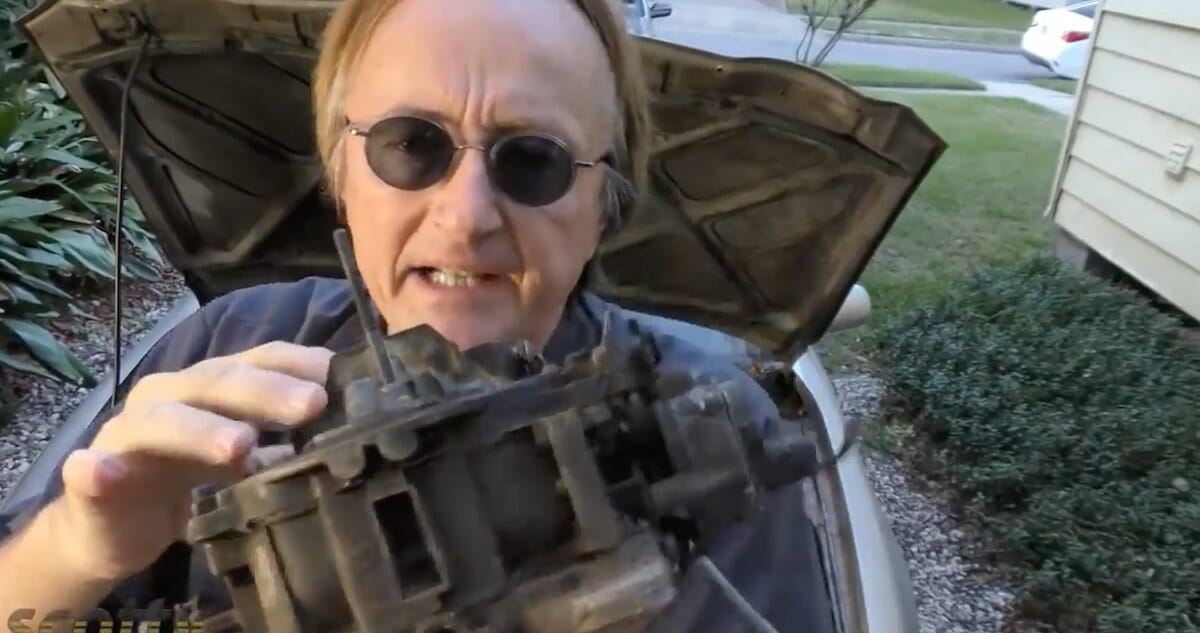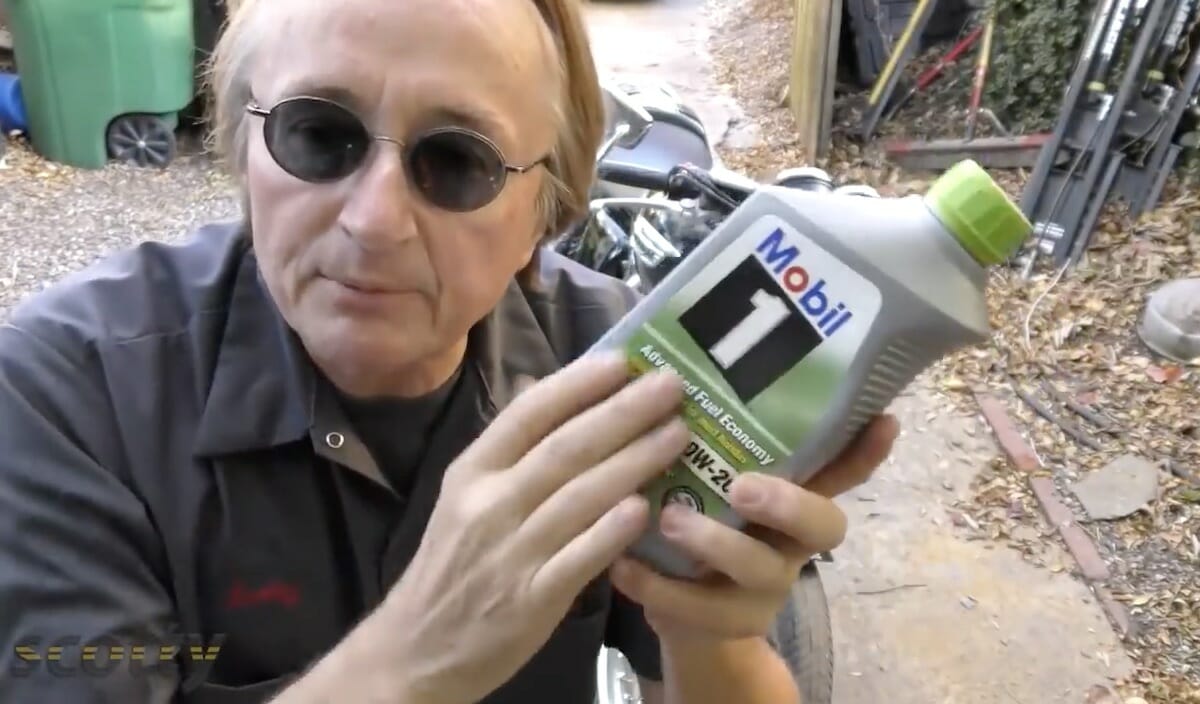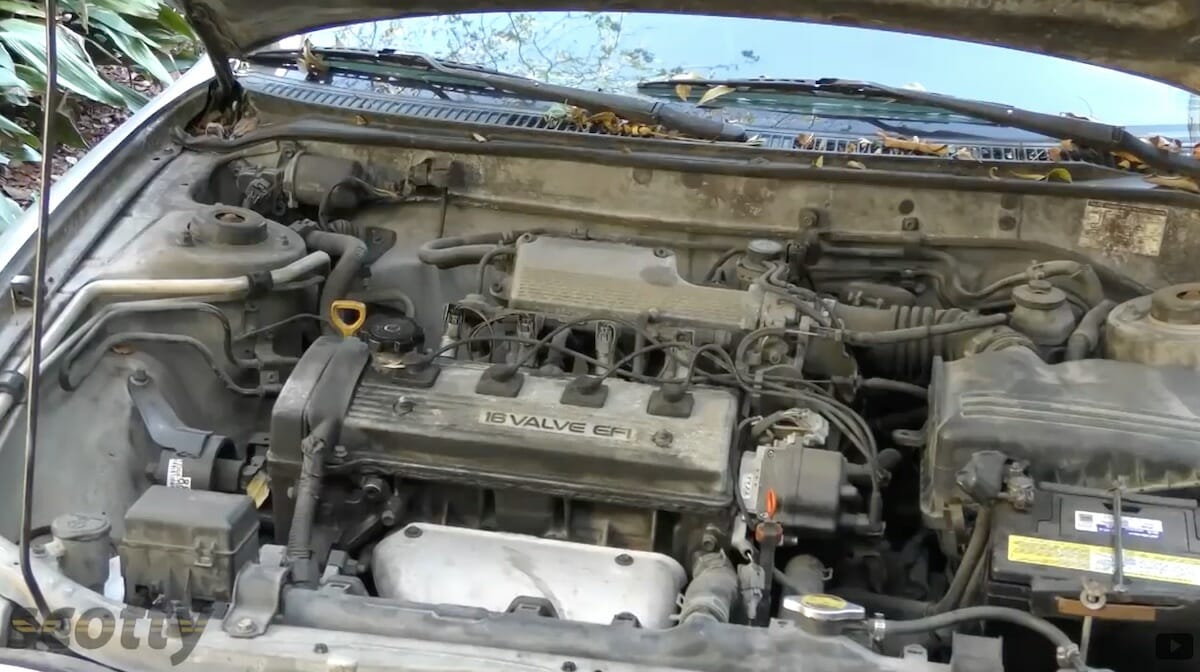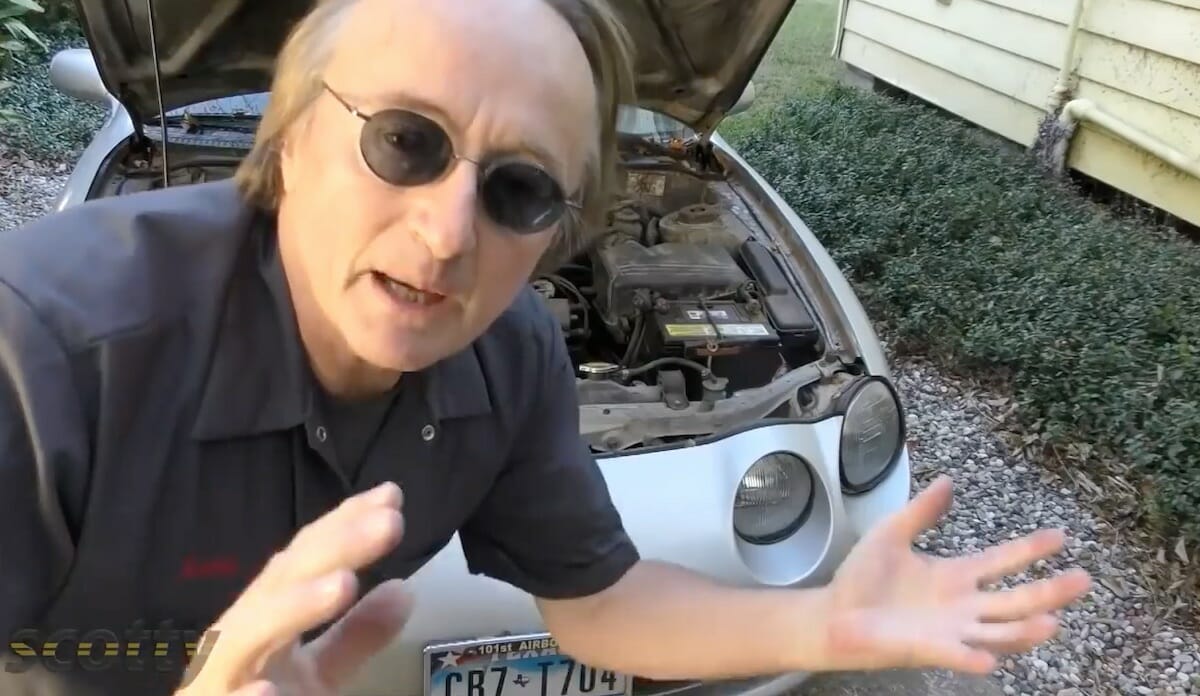Do you need to warm up your car before driving in winter? YouTuber Scotty Kilmer reconsiders age-old advice & reveals why warming up can actually be bad for your engine.
You probably heard it from your dad, who heard it from his own father. You must warm your car up before driving it in the winter. Does this still hold true, or has it went the way of the 3,000-mile oil change? Does it apply to modern vehicles?
According to popular YouTuber and mechanic Scotty Kilmer, older carburetor engines needed to be warmed up. But today’s intricate fuel injection systems don’t require it. The sensors in new cars maintain the correct fuel-to-air ratio. In fact, warming up can be bad for your engine.
We’ll look at why older cars needed to run before you hit the road, and why new engines don’t have the same requirement. You’ll also learn why idling in cold weather can actually be bad for your engine. The answer may surprise you.
Why Older Cars Had to Be Warmed Up

The problem with a cold engine is that it needs a higher fuel-to-air ratio than a warm one. This is also known as “running rich.”
Originally, the carburetor had a manual choke. When you started the engine, you’d open the choke. This made the engine idle faster and richer. Once the temperature was raised, you would close the choke manually. You were then ready to hit the road.
A cold engine needs a higher fuel-to-air ratio than a warm one, which is also known as ‘running rich.’
Newer engines with a carburetor had an electric choke. The engine would open and close the choke itself, instead of you having to do it manually. When you start the engine in the cold, it will idle faster. Once it warms up, the idle slows down and it’s ready to drive.
These engines still needed to be warmed up because the technology that operated the choke struggled to get the proper fuel-to-air ratio. If you took off before the engine was warm, the car could idle roughly or stall.
Fuel Injection Game Changer

Fuel injection changed everything. This system could accurately provide the correct ratio, making warming up the engine unnecessary.
Older fuel injection engines were a big improvement over the carburetor. However, they don’t have the sensors and computing power of modern engines. They can be driven when cold, but they will run at a higher rpm until they are warmed up.
Newer fuel injection vehicles have a low idle when they are started, even when it’s cold. They have several sensors that carefully monitor the fuel-to-air ratio and emissions. Cold weather should have little impact on their performance.
What About the Oil?

Oil doesn’t flow well when it’s cold, right? This is also true for older engines. If your vehicle uses 10w40, it will be sluggish in temperatures below freezing. Modern cars use lightweight oils that flow perfectly unless the temperature is very extreme, which doesn’t often occur in the U.S.
How Warming Your Engine Can Be Harmful

Here’s the issue many people miss when worrying about running their engine cold. An idling engine does not reach optimal temperature in cold weather. It needs to be driven to actually warm up.
If you are concerned about sluggish oil, you’re better off driving your car than letting it idle for 10-15 minutes, because it will heat up much faster on the road.
Another issue with allowing your car to idle in cold weather is that when the engine is cold, it will run rich. If it remains cold while idling for an extended period, the fuel can wash away the oil inside the cylinder walls. Fuel is corrosive, and can actually damage your walls if it removes the protective oil.
What Should You Do When Starting Your Car in Cold Weather?
Experts say that you should let your car idle for about 30 seconds before driving. In some cases, you might have to let the car idle for a few minutes to remove the ice from your windshield.
We’ve all seen that guy with his head out the window because the windshield is frozen over and he’s in a hurry. Don’t be that guy.
You do want the engine to reach optimal temperature before you cause stress to the engine. Don’t slam the throttle right after you pull out of the driveway. Take it easy on the engine for 10-15 minutes after you start driving. This is the best way to warm your engine.
Know Your Vehicle’s History in One Click
Scotty Kilmer has a wealth of information about vehicles in general. You can find information about your specific model and even your specific vehicle at Vehicle History. The more you know about your vehicle, the easier it is to avoid breakdowns and repairs.